Are you thinking of buying a chest freezer while saving a few bucks on your energy bills? You first have to understand the energy necessity it requires. We delved into the average power consumption of chest freezers for you, so you can still save a bit of your cash for energy bills.
Chest freezers consume 200-400 watts on average. The energy requirement depends on the condition of the unit, the ambient temperature, and the humidity of the environment. This equates to about $53 yearly or about $4 monthly additional cost on your energy bill.
Bear in mind that the energy consumption and its equivalent cost vary with the size of the unit and your usage habits. The bigger the chest freezer you choose, the higher the power usage costs you will incur. Keep reading as we explore the different power consumption based on these factors.
NOTE: WE MAY GET A COMMISSION IF YOU DECIDE TO MAKE A PURCHASE THROUGH THESE LINKS. THERE'S ADDITIONAL NO COST TO YOU. CHECK THE BOTTOM OF THE PAGE FOR MORE INFORMATION.
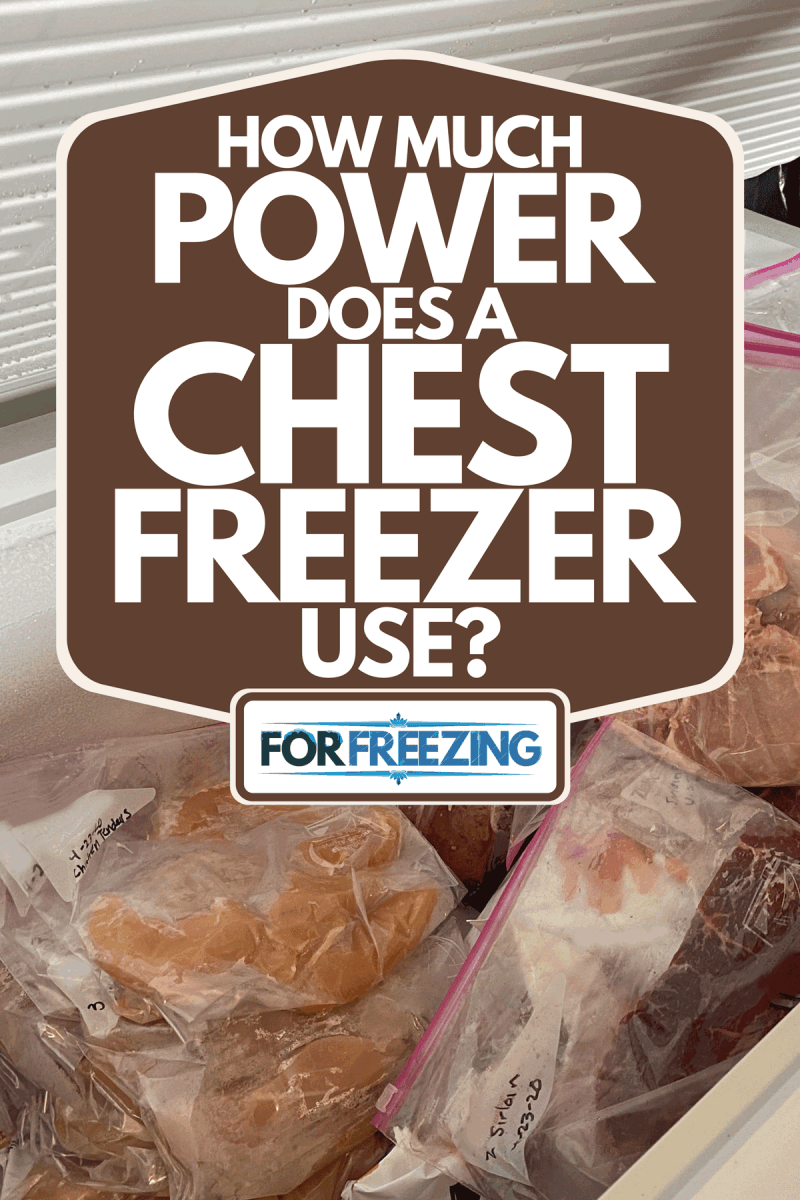
Chest Freezer Power Usage And Costs
Freezer size is usually the most significant variable when it comes to power requirement and energy cost. There are four sizes of chest freezers. They are as follows, along with their capacity for your reference:
- Compact - approximately 3 to 5 cubic feet
- Small - about 5 to 9 cubic feet
- Medium - between 10 to 16 cubic feet
- Large - usually 17 cubic feet and above
Compact and small freezers that are 5 cubic feet can use around 1 amp or 100 watts while running. During start-up, however, they use approximately 6 amps or 700 watts. Although it varies per state and region, the national average power consumption will only cost between $26 and $63 annually or $2.16 monthly.
For a medium-sized chest freezer, you will be using around 355 watts to power it, which will cost you about $53 every year or a little over $4 monthly, subject to change on different factors like your usage habits.
Large chest freezers can consume anything between 380 to 400 watts of electricity. The Energy Start said these units can use about 980 kilowatt-hours per year, which can equate to an average $67 cost in your energy bill annually. Divide that by 12 months, and you get a little over $5 energy cost every month.
Electricity Costs Across The US
On a bigger picture, the electricity costs and power usage of a chest freezer and much other electricity-dependent equipment can vary by state due to factors, such as power plant transmission and distribution, power plant cost, fuels, local regulations, and the weather condition or season.
The average electricity cost across the country is 13.19 cents per kilowatt-hour (kWh), with most residential customers paying 13.31 cents per kWh. But each state has considerable differences in prices.
The electric cost in California, for example, is $19.90 per kWh in April 2021. The energy costs in Florida are only $11.37 in the same period, according to the latest report by Electric Choice. The island state of Hawaii has the most expensive electricity cost among all states at $32.76, followed by Alaska with $22.54 and Connecticut at $21.62.
Thus, researching the chest freezer you should buy is vital to avoid incurring higher energy bills.
Fortunately, you can monitor your power consumption and avoid heavy energy costs when using appliances that do not run continuously but in cycles like chest freezers. You can do so by using a handy electricity usage monitor, a device for measuring the watts a chest freezer uses in real-time.
Check out this kuman KW47 US electricity usage monitor on Amazon.
To install the electricity monitor, first turn off the chest freezer, then unplug the electrical cord of the freezer from the outlet. Plug the monitor into the freezer outlet and connect the chord of the chest freezer to the outlet found on the monitor. You now have an instant monitoring device for your chest freezer.
How many watts does a chest freezer use on start-up?

Upon installing the electricity usage monitor, you will notice that the appliance eats up a high amount of electricity during start-up. This is called starting or surge watts that last for a few seconds.
A chest freezer usually requires more current during start-up, around 2 to 3 times higher compared to the power needed to keep the freezer working continuously. A good example would be a chest freezer that only requires 500 running watts but draws out 1500 surge watts upon start-up.
Explosive surge watts are not a cause for worry, though. It is just a standard occurrence when starting up any freezing equipment and other household appliances with compressors. Since chest freezers have complex compressor components, it takes more energy to reach the continuous running state to function.
Does defrosting a freezer save energy?
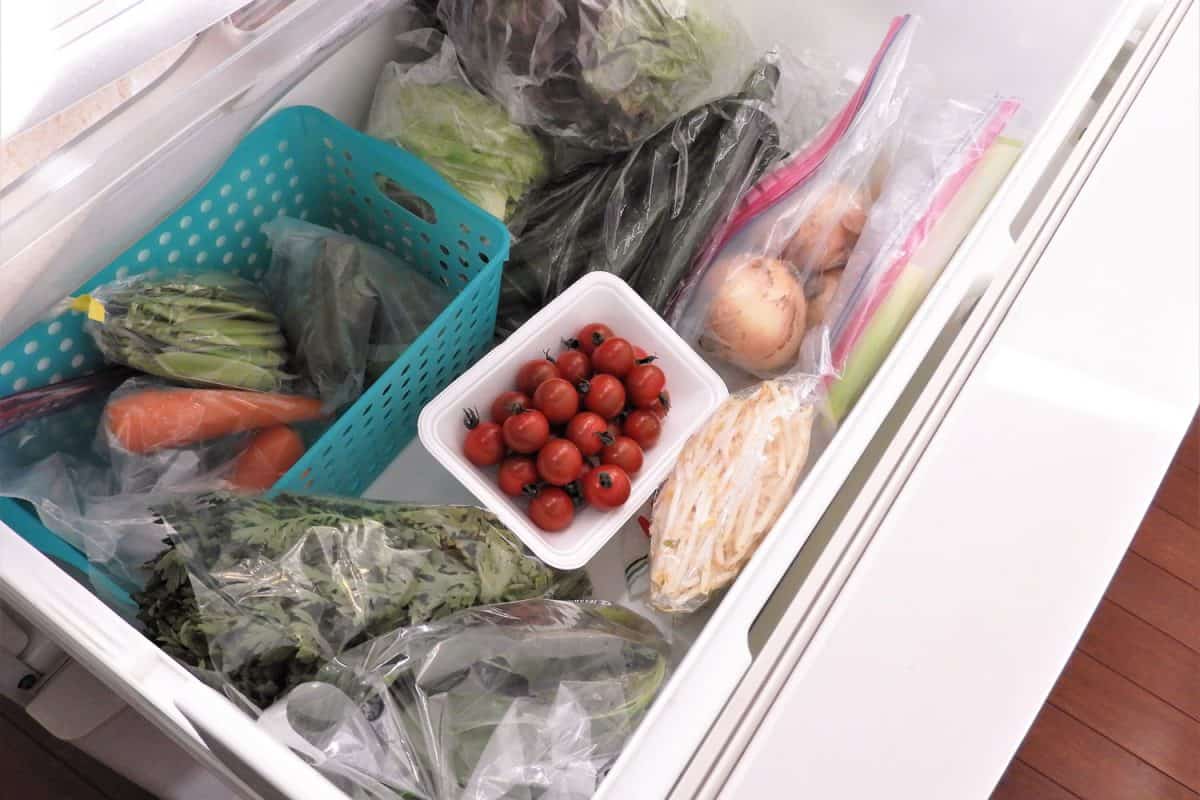
Both surge and running watts heavily affect your electricity bill. That is why learning some more information and hacks can save your electricity bill from inching up.
One effective way to achieve a lower energy bill due to your freezer is through constant, periodic defrosting of the appliance. To learn why and how defrosting your chest freezer can help in saving energy, do check out our article on How Often To Defrost A Chest Freezer.
Defrosting removes ice buildup in the chest freezer to keep the machine from running. If not defrosted, the compressor in the chest freezer will work harder, drawing in more energy to keep the internal temperature of the appliance at the freezing level.
The good news is that some models of chest freezers nowadays already have an automatic system that activates when defrosting is already needed. For more details on this feature, read through our previous post: Do All Freezers Have A Defrost Cycle?
How long does a chest freezer run per day?
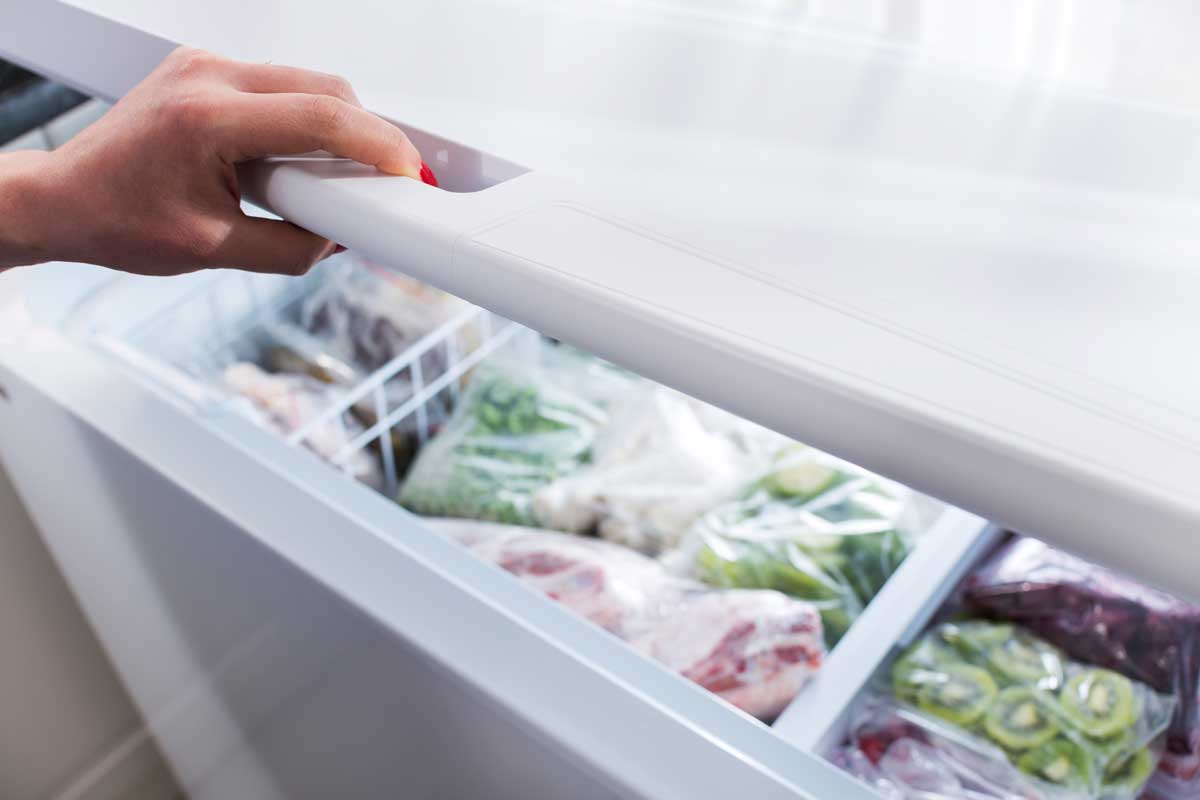
According to General Electric, a chest freezer runs around 80-90 percent the whole day, especially if it is still new. An old one runs 50 percent of the time.
Isn’t a chest freezer working all the time, you might ask? Well, a freezer running 100 percent is not an ideal unit to store your perishable goods. A freezer that continuously runs is a sign that the appliance is facing some issues with its compressor.
A chest freezer follows a set on and off cycle to make the compressor rest every 30 minutes to cool off. When this cycle is irregular, or the freezer does not take its supposed break time, it might be that defects are surfacing or frost is starting to build up inside the freezer.
What are the most energy-efficient chest freezers?
Do not compromise with low-quality, faulty chest freezers to avoid higher electricity bills in the long run. So below, we listed 3 of the most top-tier and most energy-efficient chest freezers to choose from:
Midea MRC050S0AWW Chest Freezer
This Midea 5 cubic feet chest freezer is in the lower end in terms of size. But it packs durability and energy efficiency that you will have a hard time finding in other brands.
With its adjustable thermostat, reaching desirable freezing temperatures up to -28 degrees Fahrenheit only takes a few hours after plugin.
The only downside is that you only store a good amount of food for a small family of 4.
Check out this Midea 5 cubic feet chest freezer on Amazon.
Frigidaire 24.8 Cu. Ft. Chest Freezer
Are you looking for a large chest freezer capable of storing a large number of frozen goods for your family? Look no further than Frigidaire's 24.8 cubic feet chest freezer.
This freezer features easy-to-adjust temperature controls, so you can set freezer compartment temperature to -15 degrees Fahrenheit to preserve meat, vegetables, and other perishable goods quickly.
It also comes with defrost water drain, a safety lock to maintain the temperature inside the compartment. Lastly, this freezer has LED lights installed and removable plastic baskets for fast and easy food organization.
General Electric 10.6 Cubic Feet Chest Freezer
GE has been creating home appliances, including chest freezers for more than 100 years already. Thus, they make one of the most efficient chest freezers available in the market.
Their 10.6 cubic feet chest freezer, in particular, is one unit you can rely on to maintain the freshness of your food with low energy bills. Despite its size, this freezer only uses 218 kWh of energy.
It is ideal for the garage with temperature performance ranging from 0 to 110 degrees Fahrenheit, which you can freely adjust using easy control.
The built-in, automatic warning system sounds off when the internal temperatures fluctuate so you can quickly check if something inside the machine is faulty or if the cold is leaking out, preventing energy spikes up go unnoticed.
To Sum Up
Chest freezers require more power to start and run compared to other home appliances. The size usually does matter when talking about power consumption. Despite this fact, it only adds up to $53 on yearly utility bills on average.
You can further drag that price down if you wish. Simply choose an energy-efficient chest freezer, use an electricity meter to measure energy use every day, and constantly defrost your freezer.



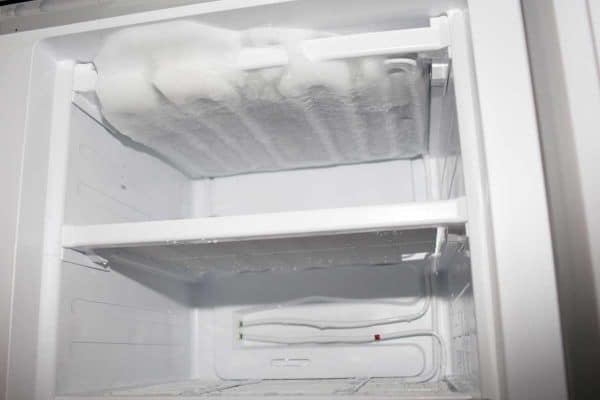
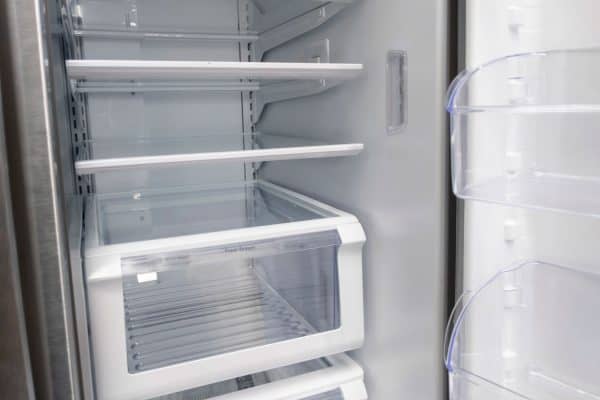
![Woman hand open plastic white container drawer in new refrigerator. How To Put A Freezer Drawer Back In [Inc. For Specific Brands]](https://forfreezing.com/wp-content/uploads/2021/09/Woman-hand-open-plastic-white-container-drawer-in-new-refrigerator.-How-To-Put-A-Freezer-Drawer-Back-In-Inc.-For-Specific-Brands-600x400.png)